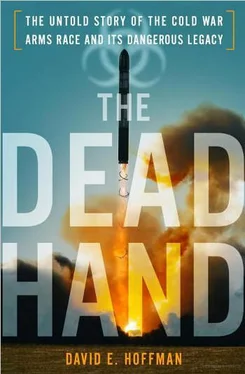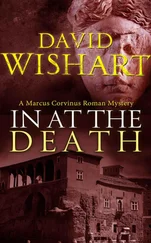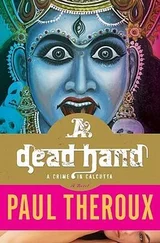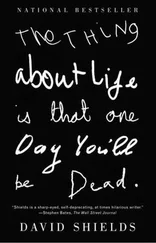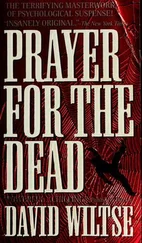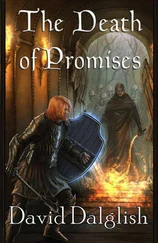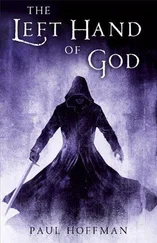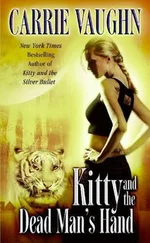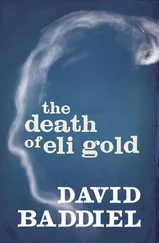Reagan said disdainfully: “Our foreign policy today is motivated by fear of the bomb, and is based on pure conjecture that maybe communism will mellow and recognize that our way is better.” He wanted permanent competition with the Soviets, not “appeasement” and “accommodation.”
“If we truly believe that our way of life is best aren’t the Russians more likely to recognize that fact and modify their stand if we let their economy come unhinged so that contrast is apparent?” Reagan said. “Inhuman though it may sound, shouldn’t we throw the whole burden of feeding the satellites on their slave masters who are having trouble feeding themselves?” 51
Reagan often tore out articles from Human Events , a far right-wing newspaper, and other sources, stuffing them into his pockets for later use in speeches. He frequently got facts wrong, as journalists liked to point out. But aside from his carelessness with details, there was a method. Reagan borrowed disparate ideas, radical as well as mainstream, and fastened them together.
So it was with his vision of missile defense. The visit to NORAD in 1979 had rekindled the idea. Another prompt came from Daniel O. Graham, a retired army lieutenant general, a hawkish former head of the Defense Intelligence Agency, who was a member of the Committee on the Present Danger. Graham created a study group known as High Frontier, chaired by Karl R. Bendetsen, a former undersecretary of the army and retired chief executive of Champion International Corporation, a forest products company. Several of Reagan’s wealthy kitchen cabinet friends backed the effort and provided money to carry out the study. Reagan met at the White House for nineteen minutes with Bendetsen and two other members on January 8, 1982. Bendetsen handed the president a memo claiming the Soviets had already surpassed the United States in military offensive power, and urging Reagan to start a crash effort to research strategic defenses. 52
Yet another prompt came from Edward Teller, the theoretical physicist who founded the Lawrence Livermore Laboratory and played a key role in the development of the hydrogen bomb. As California governor, Reagan had visited Livermore for a two-hour briefing on missile defense in November 1967. Teller, a Hungarian who fled fascism in the 1930s, had long dreamed of a weapon that could shoot down ballistic missiles in flight. At the time Reagan visited Livermore, the Johnson administration had announced plans to build a very limited missile-defense system, Sentinel. Later, Nixon redirected it to a larger system called Safeguard, a two-layered defense built to protect 150 Minuteman missiles in North Dakota. Safeguard was taken down in 1976, having become essentially useless against a Soviet missile force carrying MIRVs, which enlarged the potential number of incoming warheads beyond the ability of Safeguard.
Nonetheless, Teller continued to nurse his dream of a weapon that could shoot down missiles. He claimed that nuclear weapons were about to make the leap to a “third generation,” the first generation being atomic bombs and the second the hydrogen bomb. The third generation, he said, would be nuclear-pumped X-ray lasers in space that could destroy ballistic missiles.
Teller met with Reagan in the Oval Office for a half hour on September 14, 1982. Teller, then seventy-four years old, shook hands with Reagan. “Mr. President,” he said. “Third generation, third generation.” Reagan looked momentarily confused, as if Teller were preparing to talk about his relatives. 53Then Teller explained his vision of an X-ray laser that he called Excalibur. An effective missile defense would turn mutual assured destruction on its head, Teller said—and lead to “assured survival” instead. Reagan asked him if an American antimissile system could really be made to work. “We have good evidence that it would,” Teller replied. In his memoirs, Teller recalled feeling afterward that the meeting was not very successful; a National Security Council staffer “injected so many questions and caveats that I felt discouraged about the conference.” 54But Reagan had been listening. “He’s pushing an exciting idea,” Reagan wrote in his diary that night, “that nuclear weapons can be used in connection with Lasers to be non-destructive except as used to intercept and destroy enemy missiles far above the earth.” Reagan may not have fully grasped that Teller was talking about setting off nuclear explosions in outer space. 55
The MX political impasse weighed heavily on the Joint Chiefs of Staff when they filed into the White House Cabinet Room at 11 A.M. on December 22, 1982, to meet Reagan. At one point near the end of the meeting, Anderson said, Reagan asked the military leaders, “What if we began to move away from our total reliance on offense to deter a nuclear attack and moved toward a relatively greater reliance on defense?” After the chiefs went back to the Pentagon, Anderson said, one of them telephoned Clark, the national security adviser, and asked, “Did we just get instructions to take a hard look at missile defense?”
“Yes,” Clark said, according to Anderson. 56
Soon after, on January 3, 1983, the president announced creation of a bipartisan commission to review the entire strategic weapons program and to recommend alternative basing modes for the land-based missiles. This was an attempt to break the political stalemate. 57
In the same weeks, Admiral James D. Watkins, the chief of naval operations, the top officer of the navy, accelerated his own search for answers. Watkins had no concrete suggestions for revising the structure of U.S. strategic forces, nor was he prepared to suggest a replacement for offensive nuclear deterrence, according to historian Donald R. Baucom. 58But Watkins and the other chiefs were notified they would meet with Reagan again soon. The joint chiefs were also looking for a way out of the political deadlock.
On January 20, 1983, Watkins had lunch with a group of high-level advisers that included Teller, who described his hopes for the nuclear-pumped X-ray laser. Watkins found Teller intensely excited about the idea, predicting it could be ready in the next twenty years. Watkins did not favor the nuclear explosions in space, but he directed his staff to help him come up with a short, five-minute presentation he could make “which would offer a vision of strategic defense as a way out of the MX debate.” On February 5, Watkins presented it to the other chiefs in Vessey’s office and was surprised: the other chiefs went along, weary of the gridlock with Congress. They agreed the chairman, Vessey, would present it to the president.
The day of the meeting with Reagan, February 11, was cold and snowy; road conditions were so bad that the joint chiefs had to take four-wheel-drive vehicles to the White House. The five military men sat on one side of the table and Reagan on the other, flanked by Defense Secretary Caspar Weinberger and the White House deputy national security adviser, Robert C. McFarlane. The son of a Democratic congressman, McFarlane was a career marine officer who had worked in the White House in the Nixon-Ford years, and was extremely sensitive to the intermingling of military affairs and national politics. McFarlane recalled that he was brooding in these months about what seemed like a political dead end. The nuclear freeze movement was popular, the MX was in trouble in Congress and the Soviets were building land-based missiles while the United States was stalled. McFarlane began to think they needed a technological way out of the impasse, such as missile defense. In January, he privately lunched with Watkins. 59
Weinberger did not share the enthusiasm of the chiefs for missile defense, and as he introduced the military leaders at the meeting, he told Reagan, “I don’t agree with the chiefs, but you should hear them out.”
Читать дальше
